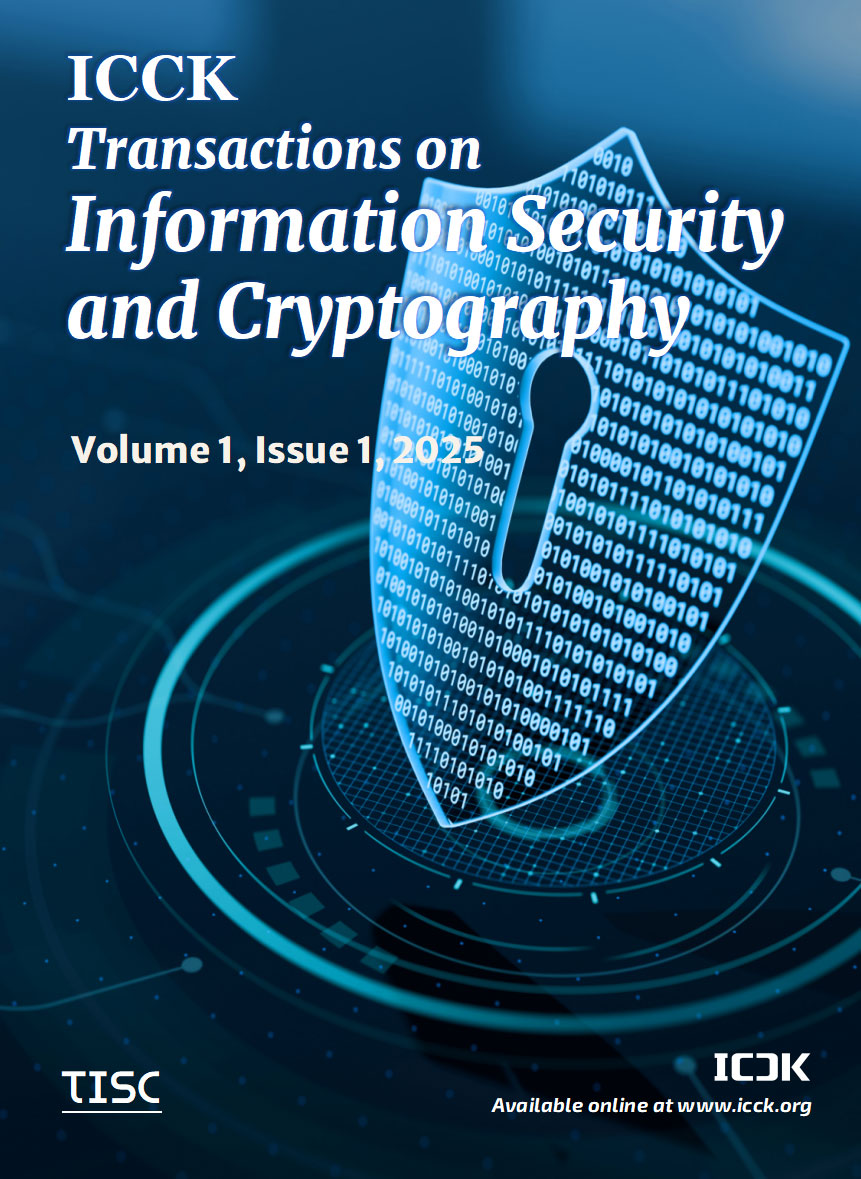Abstract
VR empirical data include the sensitive affective and behavioral data (e.g. gaze patterns, physiological signals, facial expressions), placing a person at the risk of re-identification. Tailored privacy-preserving approaches to immersive data have not, however, received much attention in the recent affective-computing investigations. In the present paper, a differentially-privacy (DP) framework is presented as that allows anonymizing VR-based studies of emotion without losing scientific value. The first one is the quantification of re-identification risks through empirical linkage and inference attacks and then the mitigation of the risk through DP mechanisms such as Laplace noise, that sought to reduce the re-identification risks by 80%. At the same time, the strategy returned an 85% retention with respect to utility relating to emotion-classification. The results can allow sharing VR-collected affective data safely to use in research without infringing GDPR/HIPAA provisions and thus offer practical procedures in implementing DP in VR-based empathy research and developing ethical data collection practices in the field. Finally, on the one hand, the framework mediates between immersive technology and information privacy, and on the other hand, it enables the development of emotional AI and psychological research by providing anonymity of the participants. Among its contributions, VR-specific parameter optimizations and a risk-utility assessment metric, there are specific findings towards the higher priority of effectiveness of affective datasets in the VR-based therapy and social-emotional learning.
Keywords
differential privacy
virtual reality
affective computing
emotion recognition
de-anonymization attacks
immersive technology security
ethical AI
multi-modal emotion preservation
Data Availability Statement
Data will be made available on request.
Funding
This work was supported without any funding.
Conflicts of Interest
Maqbool Khan is an employee of Software Competence Center Hagenberg, Hagenberg 4232, Austria.
Ethical Approval and Consent to Participate
Not applicable.
Cite This Article
APA Style
Nasir, H., Riaz, W., Ullah, R., Latif, S., & Khan, M. (2025). NeuroPrivateVR: A Differential Privacy Framework for Secure Emotion Data in Immersive Virtual Reality. ICCK Transactions on Information Security and Cryptography, 1(1), 42–51. https://doi.org/10.62762/TISC.2025.954549
Publisher's Note
ICCK stays neutral with regard to jurisdictional claims in published maps and institutional affiliations.
Rights and Permissions
Institute of Central Computation and Knowledge (ICCK) or its licensor (e.g. a society or other partner) holds exclusive rights to this article under a publishing agreement with the author(s) or other rightsholder(s); author self-archiving of the accepted manuscript version of this article is solely governed by the terms of such publishing agreement and applicable law.


 Submit Manuscript
Edit a Special Issue
Submit Manuscript
Edit a Special Issue

